It's undeniable that the pandemic has had a profound and long-term impact on
the Australian payments acceptance landscape. From accelerating migration away
from cash usage to the explosive growth in e-commerce, there are very few signs
that customers will ever fully revert to their pre-pandemic payments behaviour.
This paradigm shift in payments behaviour has resulted in new challenges for
businesses, and particularly micro merchants.
The Consequences of COVID
Historically micro merchants were the segment with the fewest payment options available for their customers; they were the most likely to be cash-only, and by extension the least likely to accept card payments. The pandemic has resulted in many of these businesses being forced to begin accepting card payments, but the main barrier that had previously prevented these businesses from accepting cards still remained: Cost. When micro merchants by definition are processing a lower volume of payments, it becomes much harder to justify fees – particularly in the form of terminal rental fees and fixed monthly fees. The cost of acquiring card-acceptance hardware has also been prohibitive for many micro-merchants; 1 in 3 merchants that do not accept cards cite cost as a key barrier to acceptance, with 1 in 4 citing the cost of upgrading hardware and training staff

We have already started to see some
businesses returning to pre-pandemic behaviours. Our research among Australian
SMEs with annual revenue up to $10M has shown that, since reaching a low point
in March 2022, the proportion of businesses that accept cash from their
customers has since risen to the highest point since the start of the pandemic.
With the broader impacts of the pandemic subsiding and cash acceptance returning, should we expect to see these small businesses beginning to abandon their card acceptance solutions and fully revert to their pre-pandemic behaviours?
Enter: SoftPOS.
SoftPOS: A Micro-Merchant Game-Changer
As a concept, SoftPOS has gone through
several different names. You may have heard of it referred to as Mobile
Acceptance, PIN on Glass, and most recently Software-based Point of Sale
(SoftPOS). At the highest level, SoftPOS refers to apps that take advantage of
the NFC hardware present in most modern mobile devices to enable payments acceptance using that
device through contactless payments, without requiring any additional hardware
beyond the device itself. This differentiates SoftPOS from what preceded it, in
the form of plug-in or Bluetooth devices that paired with mobile devices to
facilitate the payment transaction. With SoftPOS, all a business requires to
accept in-person card payments is their existing mobile device(s).
So, why haven’t we seen SoftPOS in
Australia before now? There have been several factors that have delayed its
arrival in Australia, not least of which was the pandemic; the industry has
taken time to refocus on in-person acceptance in the face of the massive shift
towards e-commerce throughout the pandemic. It has also taken time to develop
the required technology, as the schemes rolled out the underlying functionality
(Visa Tap to Phone, for example, was only launched in late 2020).
Currently in Australia, SoftPOS is limited
to Android devices; however, Apple launched Tap to Pay for iPhones in the US in
early 2022. While currently this functionality is limited to three providers in
the US, another five providers are slated to be added in the near future, and
the three existing providers (Square, Adyen and Stripe) are also present in
Australia – presumably allowing the rapid implementation of the technology as
soon as possible for Australian merchants.
However, there remains a crucial question: Is this something that merchants want?
Is Australia Ready for SoftPOS?
According to RFI Global’s Australia
Business Payments and Australia Merchant Acceptance research, the short answer
is YES. 56% of businesses that do not currently accept card payments
found the concept of SoftPOS appealing, highlighting just how effectively
SoftPOS addresses the remaining barriers to card acceptance for many merchants.
The benefits don’t stop there – even among merchants that currently accept card
payments, one in three would be interested in SoftPOS. For some this would
serve as a replacement for their existing terminal, or enable an online-only
merchant to begin accepting in-person card payments, but for many the appeal of
SoftPOS is as a supplement to their existing acceptance device(s). We have
already seen several interesting use cases suggested for SoftPOS, from
queue-busting to pay-on-delivery to serving as a backup for their existing
terminals, and merchants appear receptive to the benefits that SoftPOS could
deliver to their business.
However, payments innovation can sometimes
take time to gain traction – will this be the case for SoftPOS? While it is
still early days, there are signs that SoftPOS will avoid some of the
roadblocks to rapid widespread adoption. Perhaps most crucially, we are seeing
the major banks leading the charge; NAB has already launched their Easy Tap
offering, and Westpac is currently piloting its EFTPOS Air solution with the
intention to fully launch in early 2023. The early arrival of the Big 4 on the
scene will help to overcome many of the trust and security concerns and
misconceptions that typically slow the adoption of new payment acceptance
solutions. If/When Apple Tap-to-Pay makes its way Down Under, this will only
further accelerate adoption by expanding the range of compatible hardware
already in the hands of Australian merchants.
Another potential hurdle would be
resistance from customers. This is something that comes out time and again in
RFI’s global payment research, regardless of market; one of the strongest
drivers of adoption among merchants is perceived demand from customers, and one
of the strongest drivers of adoption among customers is seeing that it is
accepted by merchants. If merchants believe their customers will not want to
use SoftPOS (for example, because of security concerns), then this will
severely hamper adoption. However, again here the early indications are
positive; RFI’s research shows that 40% of Australians would be comfortable making
a SoftPOS payment, rising to the majority amongst Millennials, and we would
only expect this proportion to increase as the technology rolls out and
consumers increase their level of familiarity.

2 in 5 Australians are comfortable
paying by SoftPOS, including the majority of Millennials
While SoftPOS is still very much in its
infancy in Australia, it appears that the stars are beginning to align.
2023 will be the year of SoftPOS.
About the Author:
Mark Schultz is Global Head - Business Payments, for RFI Global. Mark joined RFI Global in 2013, using his quantitative and qualitative research skills to support programs across a range of topics and regions. He has worked closely with all of Australia’s major financial institutions to deliver RFI's research solutions, with a particular focus on payments. In mid-2017, Mark relocated to RFI’s Canadian office in Toronto, where he was responsible for overseeing operations across Canada and the US, working closely with clients to answer key business questions. Mark presented to stakeholders across Canada and the US on topics including consumer payments, insurance, digital banking, mortgages, deposits and business banking, combining insights across markets, identifying trends and supporting their business strategies. In 2020, he returned to Australia to join RFI Global's consulting team, working with some of Australia’s most prominent financial brands on customized research engagements to address key tactical and strategic business objectives. He now holds the position of Global Head of Business Payments. Mark has a Bachelor of Business Management, Major in International Business and Postgraduate Diploma in Applied Statistics from the University of Queensland and Swinburne University of Technology.
Mark Schultz is Global Head - Business Payments, for RFI Global. Mark joined RFI Global in 2013, using his quantitative and qualitative research skills to support programs across a range of topics and regions. He has worked closely with all of Australia’s major financial institutions to deliver RFI's research solutions, with a particular focus on payments. In mid-2017, Mark relocated to RFI’s Canadian office in Toronto, where he was responsible for overseeing operations across Canada and the US, working closely with clients to answer key business questions. Mark presented to stakeholders across Canada and the US on topics including consumer payments, insurance, digital banking, mortgages, deposits and business banking, combining insights across markets, identifying trends and supporting their business strategies. In 2020, he returned to Australia to join RFI Global's consulting team, working with some of Australia’s most prominent financial brands on customized research engagements to address key tactical and strategic business objectives. He now holds the position of Global Head of Business Payments. Mark has a Bachelor of Business Management, Major in International Business and Postgraduate Diploma in Applied Statistics from the University of Queensland and Swinburne University of Technology.






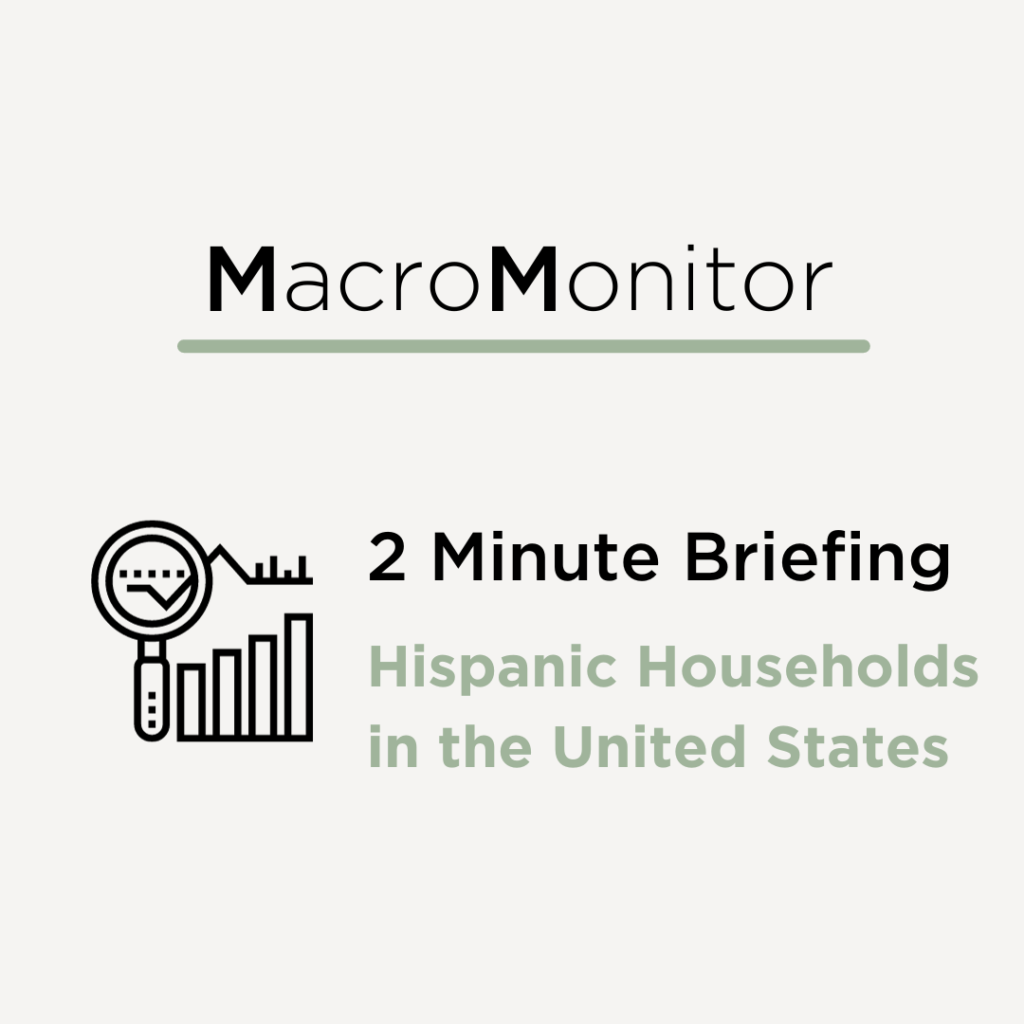



















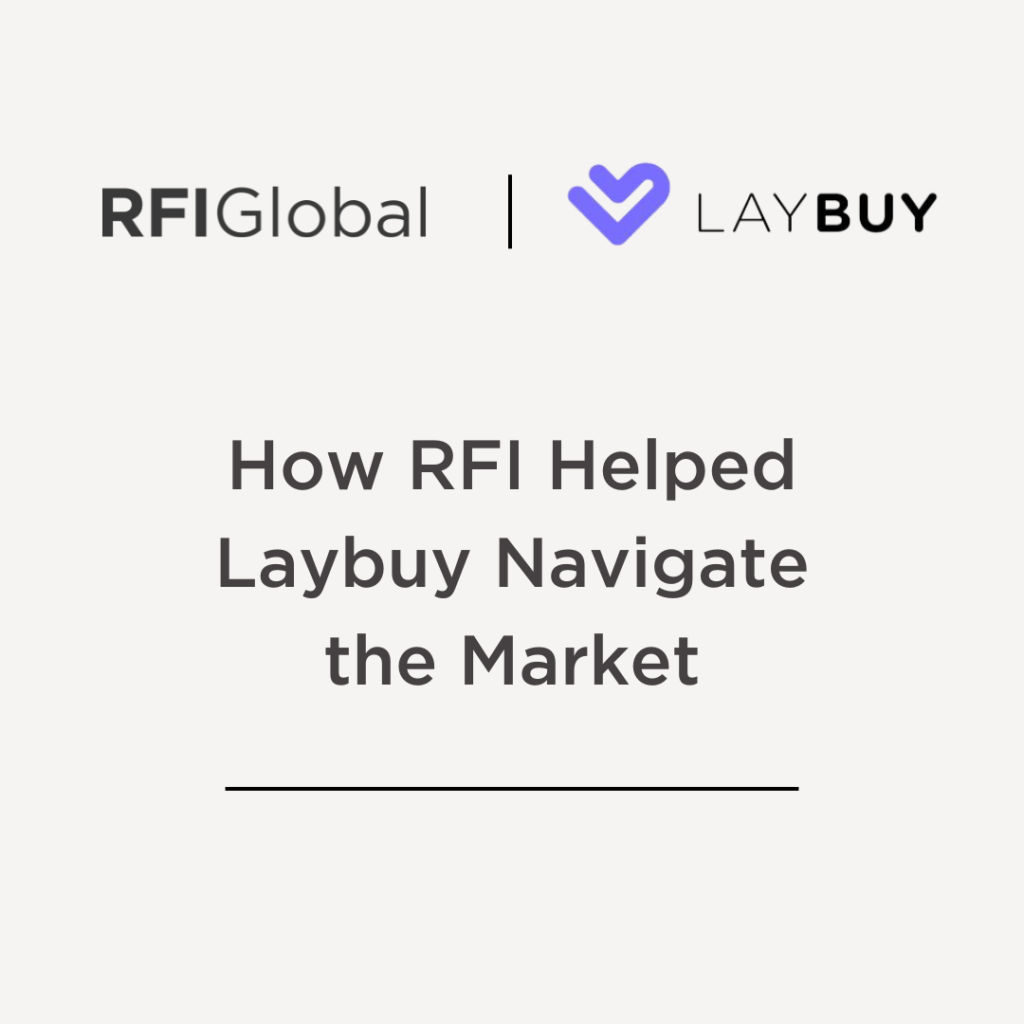








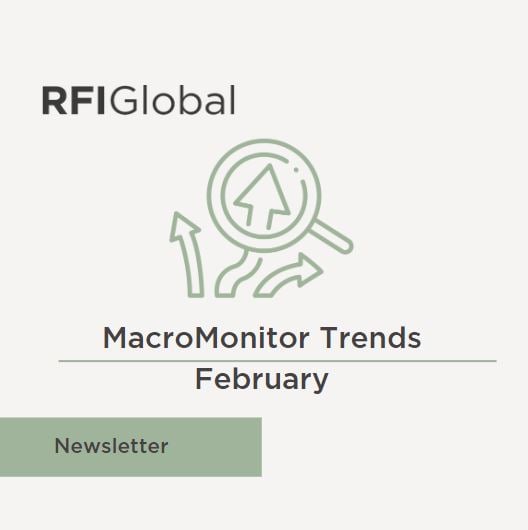



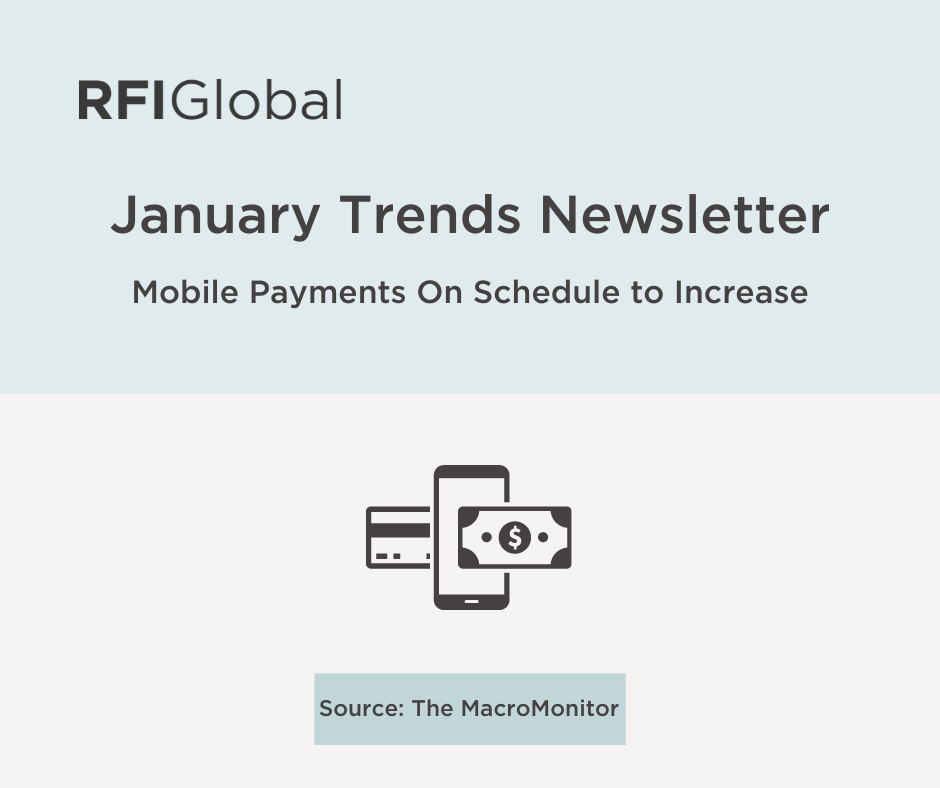
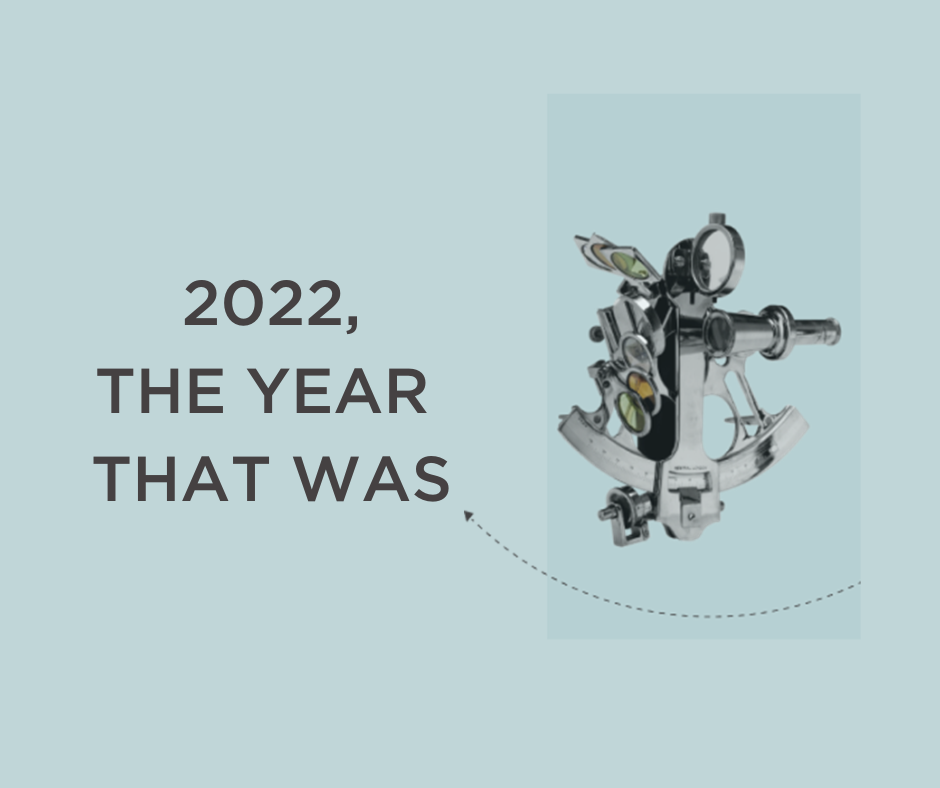




























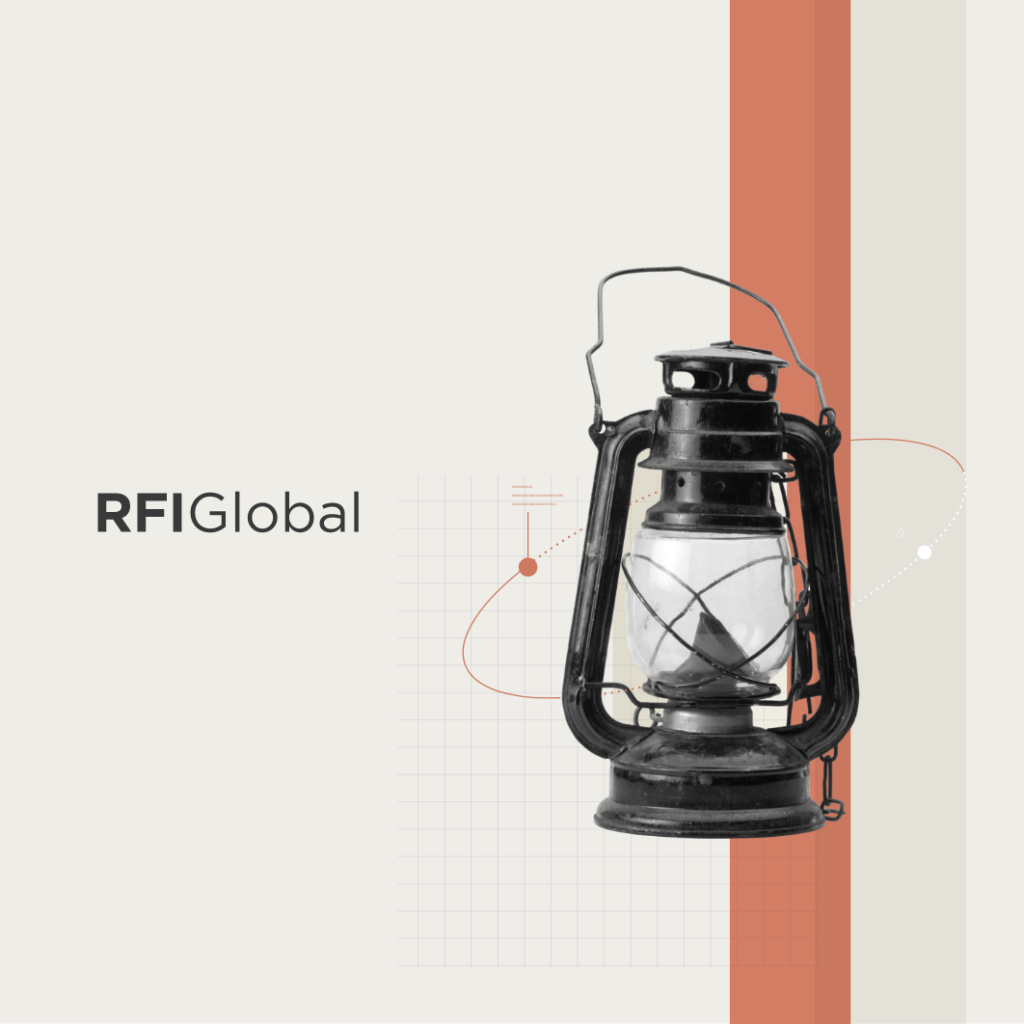

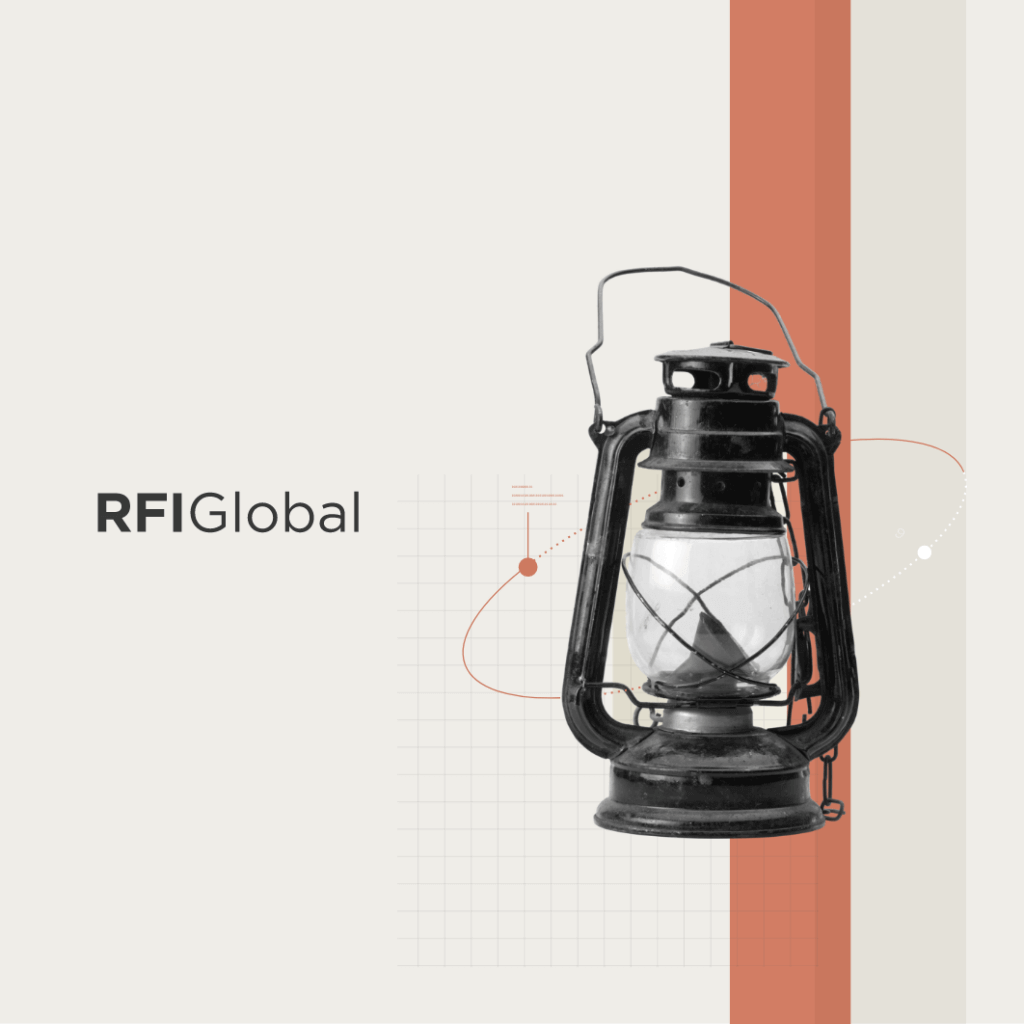
/NQA-ISO-27001-Logo-UKAS.jpg)